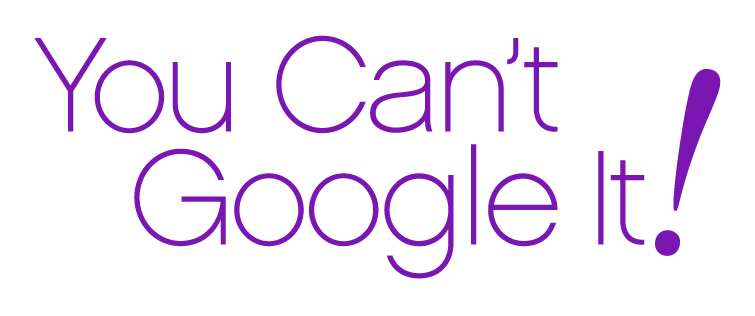Appreciate the Value of Critical Thinking
/This is another in the series of elements in the new definition of “Competence.” I thank those of you who sent me praise and interest about the last one on “Credibility.”
These unprecedented times boldly illustrate how dramatically life and work can turn on a dime. But even in times we used to consider “normal,” plans can be upset quickly. Organizations and teams need critical thinkers to pivot and stay relevant.
Critical thinkers don’t just accept what is as best without question. They develop new ideas and strategies and look for ways to work around obstacles that may seem unsurmountable. They have to have a flexible mindset to move around the pieces and connect the dots.
Why the Lack?
Critical thinking used to be part of a quality education, but schools stopped routinely teaching scientific method and rhetoric and other basic thinking processes, shifting the focus to consuming data and copious amounts of “information,” much of it in need of questioning. And then there’s the emphasis on “doing” and being “busy.” Employers have been commenting for several years and ruing the lack of critical thinking in younger generations. It has been left to employers to assess and weigh their recruits for this ability as much as grades, functional experience and degrees. Employers are left with the responsibility of taking on training in critical thinking.
People in our society are grasping for tangibles, and educators are following that demand. Critical thinking is not measurable until the time a positive outcome is reached. Workers are frequently not rewarded for it and actually may be overtly discouraged or punished for it. It often doesn’t appear as efficient if people are taking breaks and walks, doodling or staring out a window. But that’s often where the best thinking is done as ideas emerge from one’s subconscious or they suddenly make a connection that leads to a solution which may take time and trials until it is implementable.
How to enable and encourage critical thinking
Here are some To Do’s:
Encourage workers from leaders on down to take breaks from routine, take walks, exercise, chat with co-workers. These activities actually are productive, and at the least help to avoid burnout or getting stale.
Don’t wait (or incentivize others) to have a fully fleshed out idea as perfect as you can make it before asking for feedback from trusted sources.
Factor in time for brainstorming with as many questions and ideas the brainstormers can come up with, including ones that may seem somewhat crazy and definitely not mainstream. Aim to keep going till you get to the root of an issue. “Why” is a key word to keep probing to identify the real, underlying problem.
Pick times to work on problems and brainstorming when people are not under heavy deadlines for other things.
How Cross-Generational Conversations Aid Critical Thinking (I bet you thought I’d be looking to make that connection!)
Older generations are more likely than younger ones to have been educated to learn critical thinking. They can collaborate with younger workers and their different worldviews to produce better solutions and decisions.
Mentoring sessions can also emphasize the significance of critical thinking and help teach it in their cross-generational and cross-cultural conversations.
Senior leaders can model critical thinking behaviors and celebrate the results as an incentive reinforcement for junior and mid-level employees.
As with any trait or skill, not everyone will have it. Let’s look to identify critical thinkers in hiring and assembling teams, acknowledge they may prefer to work independently, and appreciate them. Perhaps among the disruptions and changes coming out of Covid-19 work experiences, letting people slow down and think critically will be a positive outcome.
© Phyllis Weiss Haserot, 2020



